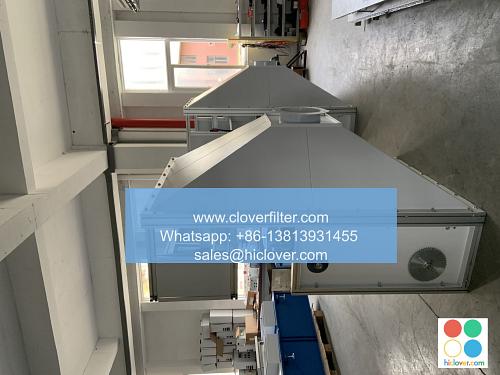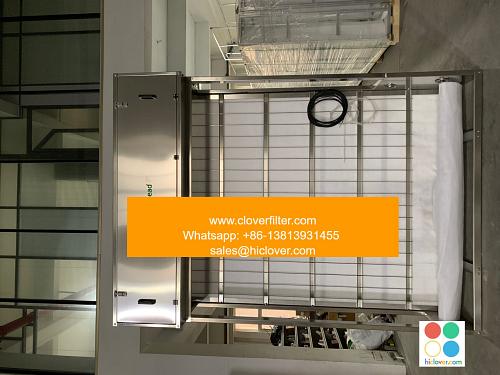Understanding the various types of air filter designs

Air filter designs play a crucial role in maintaining indoor air quality, improving health, and reducing energy consumption. With numerous types of air filters available, it’s essential to understand the different designs, their applications, and key benefits. In this article, we’ll delve into the various types of air filter designs, including HEPA filters, activated carbon filters, pre-filters, and ultra-fine filters, and explore their indoor air quality applications.
Type 1: HEPA Filters
High Efficiency Particulate Air (HEPA) filters are designed to capture 99.97% of particles as small as 0.3 microns, making them ideal for allergy sufferers and asthma patients. HEPA filters are commonly used in air purifiers, vacuum cleaners, and HVAC systems to remove dust, pollen, pet dander, and other airborne pollutants. Their high filtration efficiency makes them an excellent choice for clean rooms, hospitals, and laboratories.
Type 2: Activated Carbon Filters
Activated carbon filters are designed to capture gases, odors, and chemicals, making them perfect for indoor air quality applications. These filters are impregnated with activated carbon, which attracts and traps volatile organic compounds (VOCs), tobacco smoke, and other gaseous pollutants. Activated carbon filters are often used in air purifiers, kitchen exhaust systems, and industrial ventilation systems to improve indoor air quality and reduce odors.
Type 3: Pre-Filters
Pre-filters are designed to capture larger particles such as dust, hair, and lint, protecting the main filter from clogging and reducing maintenance costs. Pre-filters are usually made of synthetic materials or natural fibers and are washable or replaceable. They are commonly used in HVAC systems, air purifiers, and vacuum cleaners to extend the life of the main filter and improve system performance.
Type 4: Ultra-Fine Filters
Ultra-fine filters are designed to capture extremely small particles such as nanoparticles and ultra-fine dust, making them ideal for clean rooms, laboratories, and pharmaceutical applications. These filters are typically made of advanced materials such as nanofibers or membranes and are designed to provide high filtration efficiency and low pressure drop.
Applications and Considerations
When selecting an air filter design, consider the specific application, indoor air quality requirements, and system performance. Different air filter designs are suited for various indoor environments, such as homes, offices, hospitals, and industrial facilities. Additionally, factors like filter maintenance, replacement costs, and energy efficiency should be taken into account to ensure optimal air filtration performance and minimize operational costs.
Conclusion
In conclusion, understanding the various types of air filter designs, including HEPA filters, activated carbon filters, pre-filters, and ultra-fine filters, is crucial for maintaining good indoor air quality, improving health, and reducing energy consumption. By selecting the right air filter design for your specific application area, you can ensure optimal air filtration performance, minimize maintenance costs, and create a healthier indoor environment. Remember to consider key factors such as filter efficiency, pressure drop, and system performance to make an informed decision and choose the best air filter design for your needs.
Prompt


